Bruce Betts • Mar 12, 2018
The 2018 Gene Shoemaker NEO Grant Recipients
Congratulations to the 2018 Gene Shoemaker Near Earth Object Grant winners:
- Vladimir Benishek, Serbia;
- Daniel Coley, California, USA;
- Robert Holmes, Illinois, USA;
- Gary Hug, Kansas, USA;
- Julian Oey, New South Wales, Australia;
- Michel Ory, High Atlas Mountains, Morocco;
- Donald Pray, Massachusetts, USA.
Overall:
- There were 15 proposals
- $59,300 is awarded to six winners
- Over 20 year history of program: $382,000 has been awarded in 56 awards in 18 countries on 6 continents
The 2018 Winners:
Vladimir Benishek, of Sopot Astronomical Observatory south of Belgrade in Serbia, will receive $5,060 for the purchase of a Moravian Instruments G2-1600 CCD camera and an Optec TCF-S 2" temperature compensating focuser to create a second observing telescope at his facility. The system will be used primarily for asteroid characterization studies, specifically photometry (brightness) measurements used to determine light curves (brightness with time) that facilitate the determination of spin rates and discovery of binary asteroids: where there are two asteroids rather than just one. In the last 3 years, with one telescope, Benishek has discovered the second most binary asteroids of all amateur observers in the world.
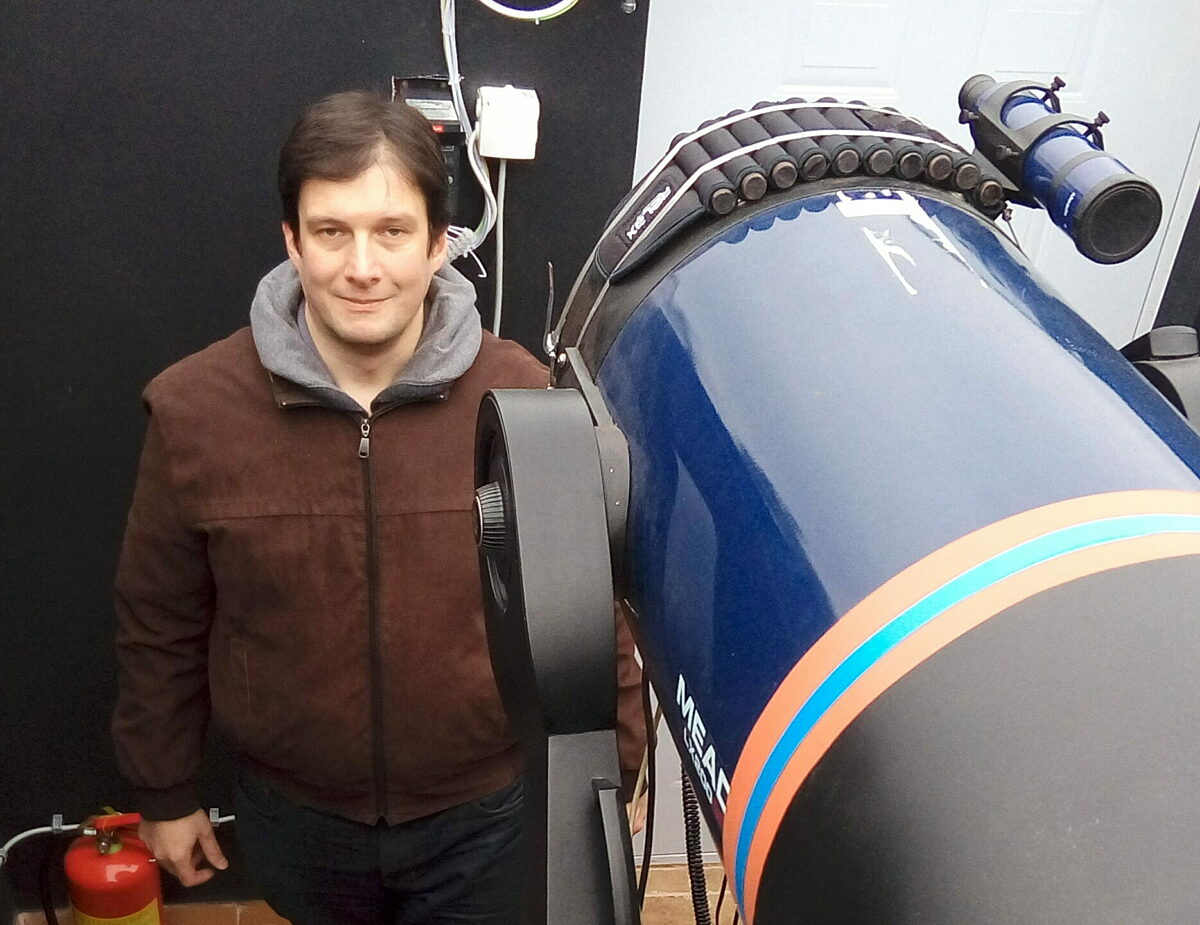
Daniel Coley, at the Center for Solar System Studies (CSSS) in California, USA, will receive $8,995 for a Finger Lakes Proline PL1001E CCD camera to use with a newly acquired 0.7 m (28 in) telescope at their facility in California, USA. This will be the largest telescope at the CSSS facility which houses many telescopes used by several observers. The new camera system will be used primarily for photometry (brightness measurements) with time to study the physical characteristics of asteroids using multiple observations over days and weeks to determine light curves that provide spin rates and enable discovery of the binary nature of some of the asteroids. Coley and colleagues also collaborate with radar observers to better enable determination of near Earth asteroid shape, spin axis, and rotation periods.
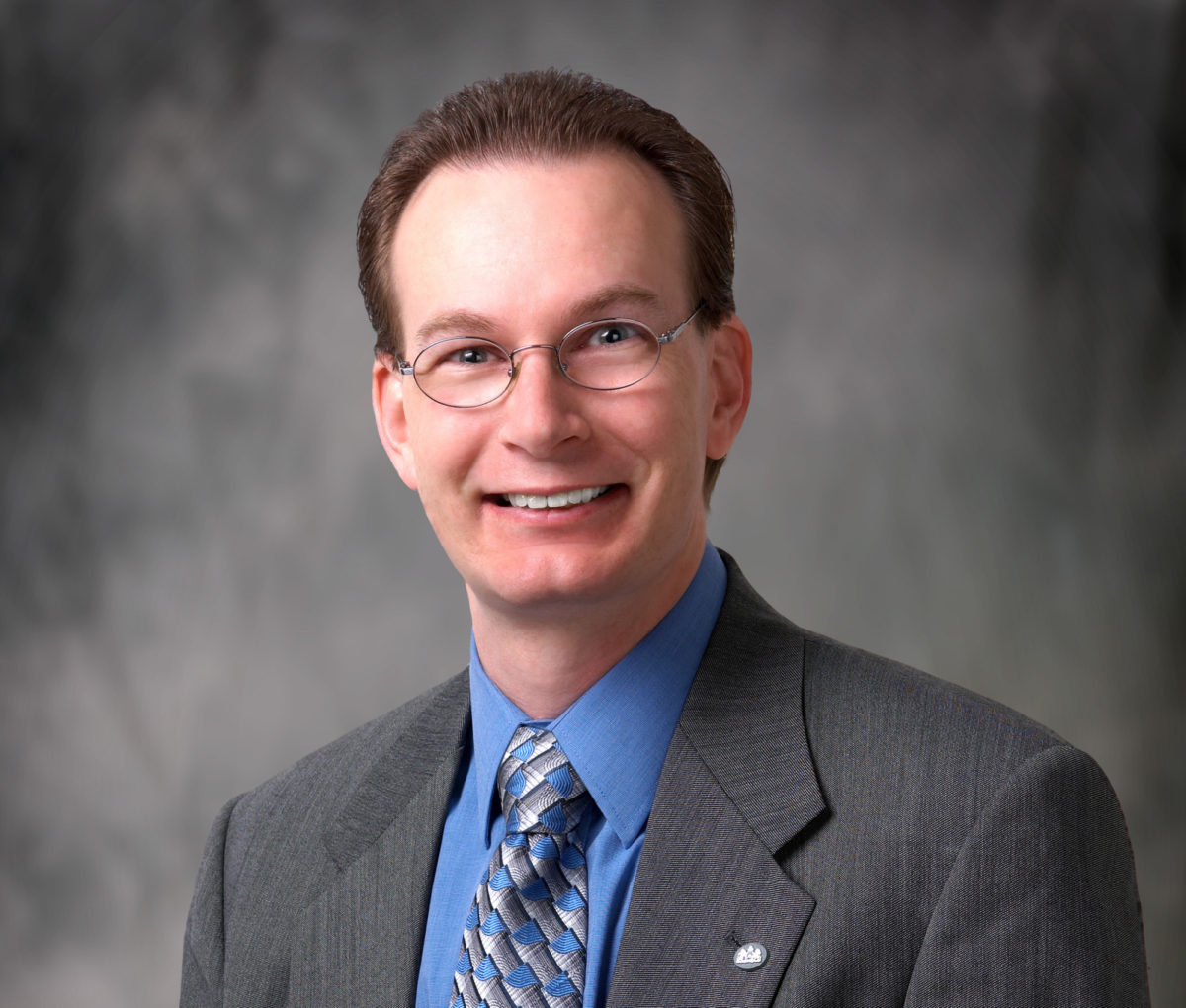
Robert Holmes, president of the Astronomical Research Institute (ARI) in Illinois, USA will receive $5,550 to be combined with $3000 contributed by ARI to purchase an Apogee Alta F6 CCD Camera as well as an adapter. Apogee will also contribute software to ARI for the camera. The new camera will replace a camera purchased with a 2008 Shoemaker NEO Grant. The previous camera was used to take more than 52,000 individual measurements of NEO positions (astrometry) to facilitate determination of NEO orbits. The new camera will improve sensitivity and have a much larger memory buffer that will allow much faster transfer of images enabling the equivalent of an additional 1.5 hours per night of observations. The new camera will be used on the 0.61m telescope on “brighter” objects to visual magnitudes of 21 (still very dim) for confirmation and follow-up of NEOs, freeing up the ARI’s larger telescopes to focus on follow up observations of objects dimmer than magnitude 22. This grant made possible by a gift in memory of Jonathan Masin.
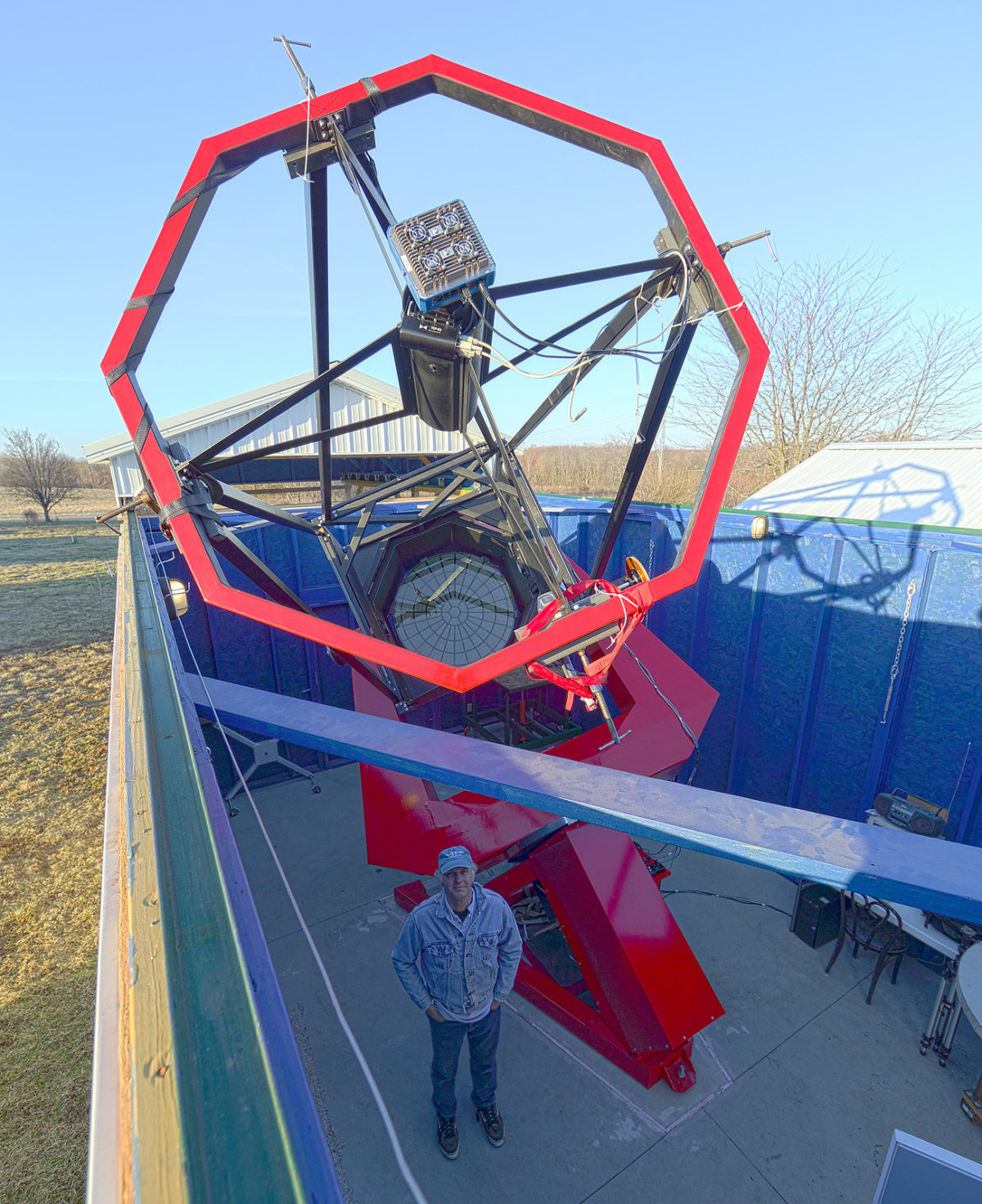
Gary Hug, representing the Northeast Kansas Amateur Astronomer's League, will receive $6,860 to enable remote, robotic operation of the 0.7 meter Tombaugh Reflector at Farpoint Observatory in Kansas, USA. The Tombaugh reflector was recently upgraded by the group and now can do astrometry (position measurements) of objects as dim or dimmer than 22.5 visual magnitude, enabling among other things, follow-up observations used to determine orbits of recently discovered near Earth asteroids. Remote operation will enable more efficient use of this resource. Funding will support a variety of things including updating their CCD Camera, reliable Internet access, and equipment and software necessary for controlling and securing the telescope and observatory during remote use. This grant made possible by a gift in memory of Jonathan Masin.
Julian Oey, from New South Wales, Australia will receive $11,845 for the purchase of a 0.5m (20”) telescope to go with an existing mount, camera, and facility at the JBL observatory at a dark, dry location outside Bathurst, Australia. The remote controlled JBL facility, run by Oey and colleagues Brett Soames and Lars Henson, will complement Oey’s successful Blue Mountain Observatory elsewhere in New South Wales that was upgraded with a camera using a 2015 Shoemaker NEO Grant. Two NEO studying capable observatories will provide him and his colleagues two southern hemisphere facilities with different weather patterns, thus helping to work around weather issues at any one facility. The new telescope set up will be focused primarily on providing physical characterization of near Earth asteroids, as well as astrometry, and the discovery of the binary nature of some asteroids through study of light curves.
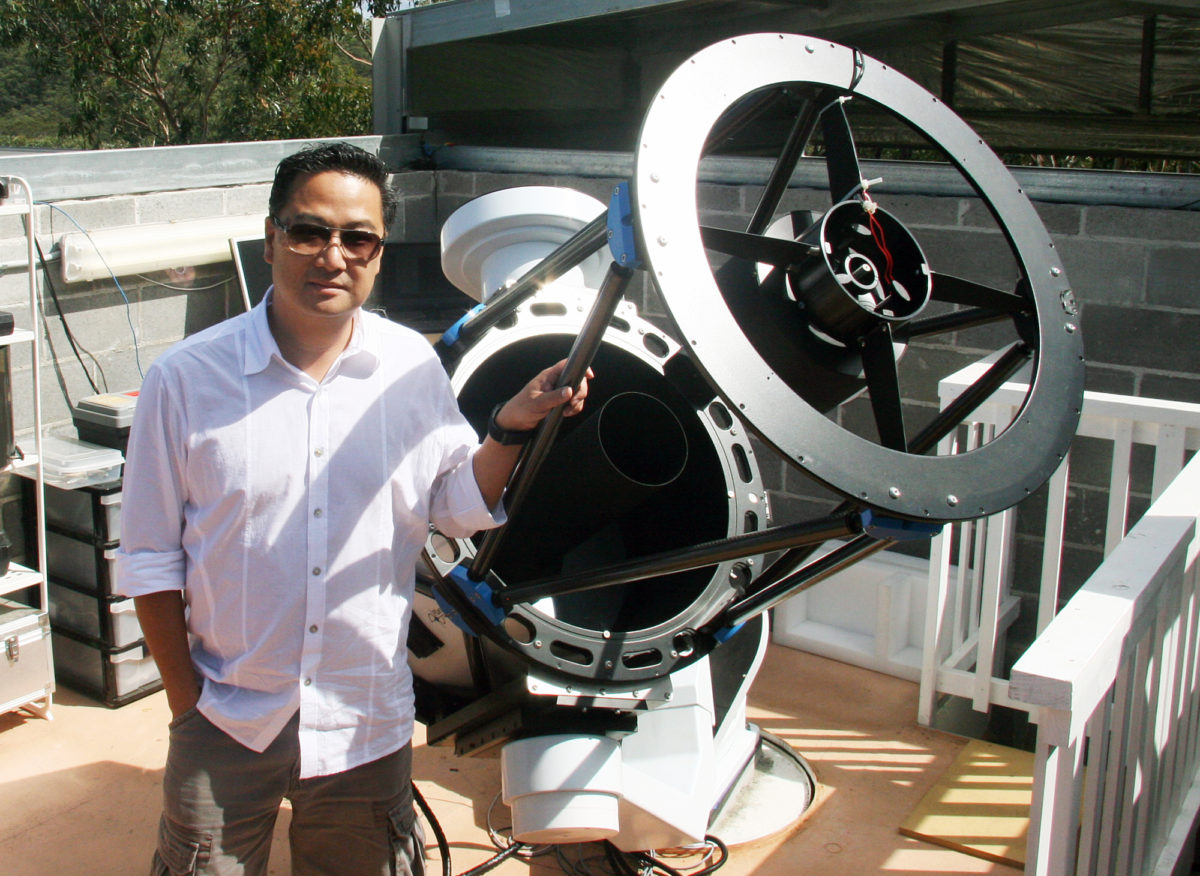
Michel Ory, using the Morocco Oukaïmeden Sky Survey (MOSS) in the High Atlas Mountains of Morocco, will receive $9,999 for the purchase of a new SBIG STX16803 CCD camera to use with their 0.5 meter telescope. Ory and Claudine Rinner operate their MOSS telescope remotely from Switzerland and France, respectively. Their focus is on astrometry (position measurements). The new camera will increase their field of view and improve their sensitivity to observe objects down to magnitude 21.5. In recent years, in addition to astrometric observations, MOSS has discovered 5 NEAs, and 4 comets.
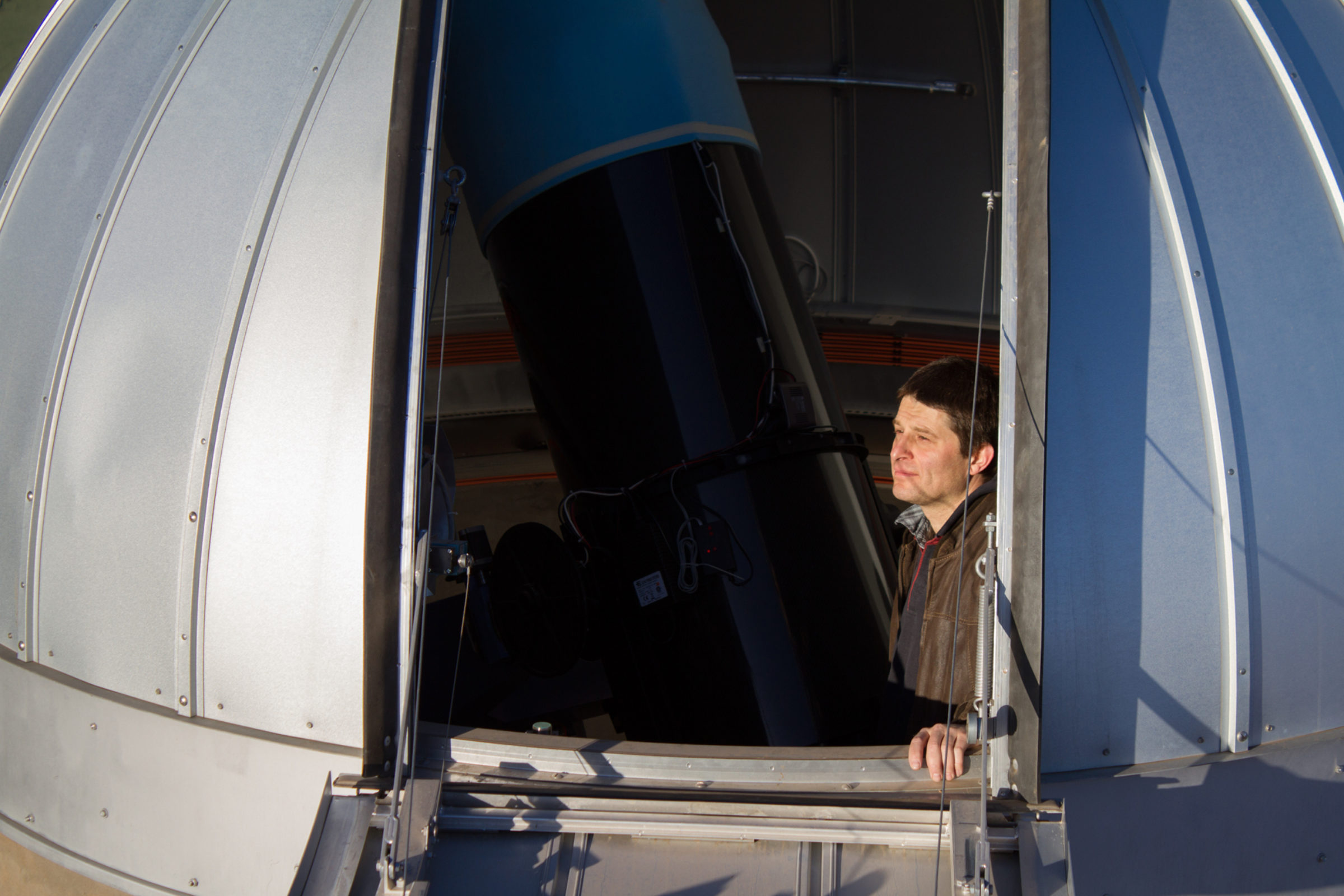
Donald Pray, at the Sugarloaf Observatory in Massachusetts, USA, will receive $11,000 for an AP1600 mount for a 0.5 meter telescope. The new mount will improve image quality and overall pointing and tracking capability, and that, in turn, will improve data capture and photometric accuracy. He will sell the old mount and use money received to pay for a new camera for that telescope. Pray’s focus is on photometric (brightness) studies to discover and study binary asteroids. In recent years, he has discovered the binary nature of more asteroids than any other amateur observer. He collaborates with others as part of an effort to not only determine the percentage of binaries in the asteroid population but also determine physical properties of these systems including the rotation rate of the primary body and secondary when possible, the orbital period of the system, pole positions and the relative diameters of the primary and secondary.
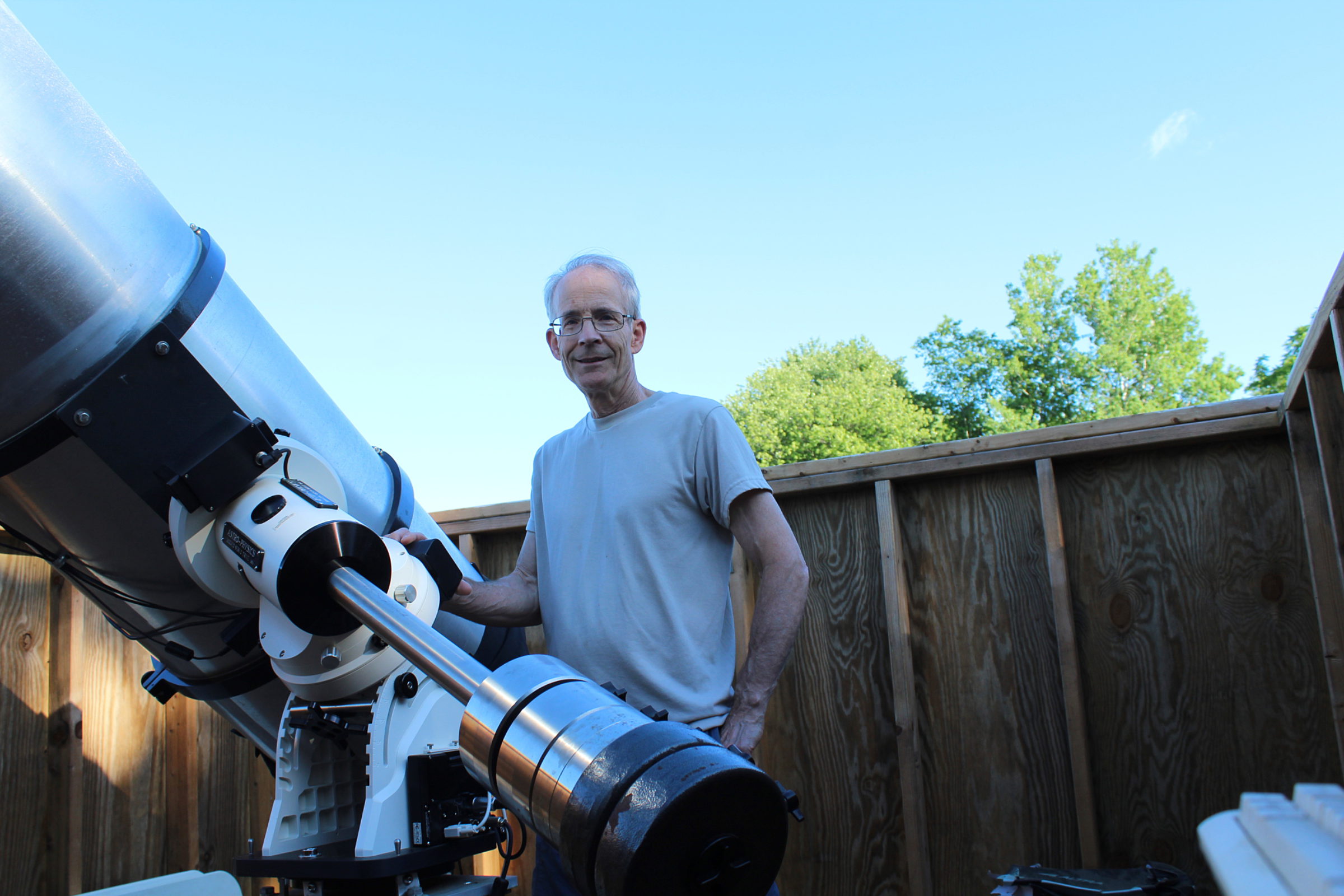
Acknowledgements
The Planetary Society sincerely thanks our expert advisory/review
panel: Planetary Society NEO Grant Coordinator Timothy Spahr; Alan
Harris, MoreData!; Carl Hergenrother, University of Arizona; Carrie
Nugent; and Quan-Zhi Ye, Caltech.
Gene Shoemaker Near-Earth Object Grants
The Planetary Society's Shoemaker NEO grant program funds advanced amateur astronomers to find, track, and characterize potentially hazardous near-Earth objects.
The Time is Now.
As a Planetary Defender, you’re part of our mission to decrease the risk of Earth being hit by an asteroid or comet.
Donate Today

 Explore Worlds
Explore Worlds Find Life
Find Life Defend Earth
Defend Earth



